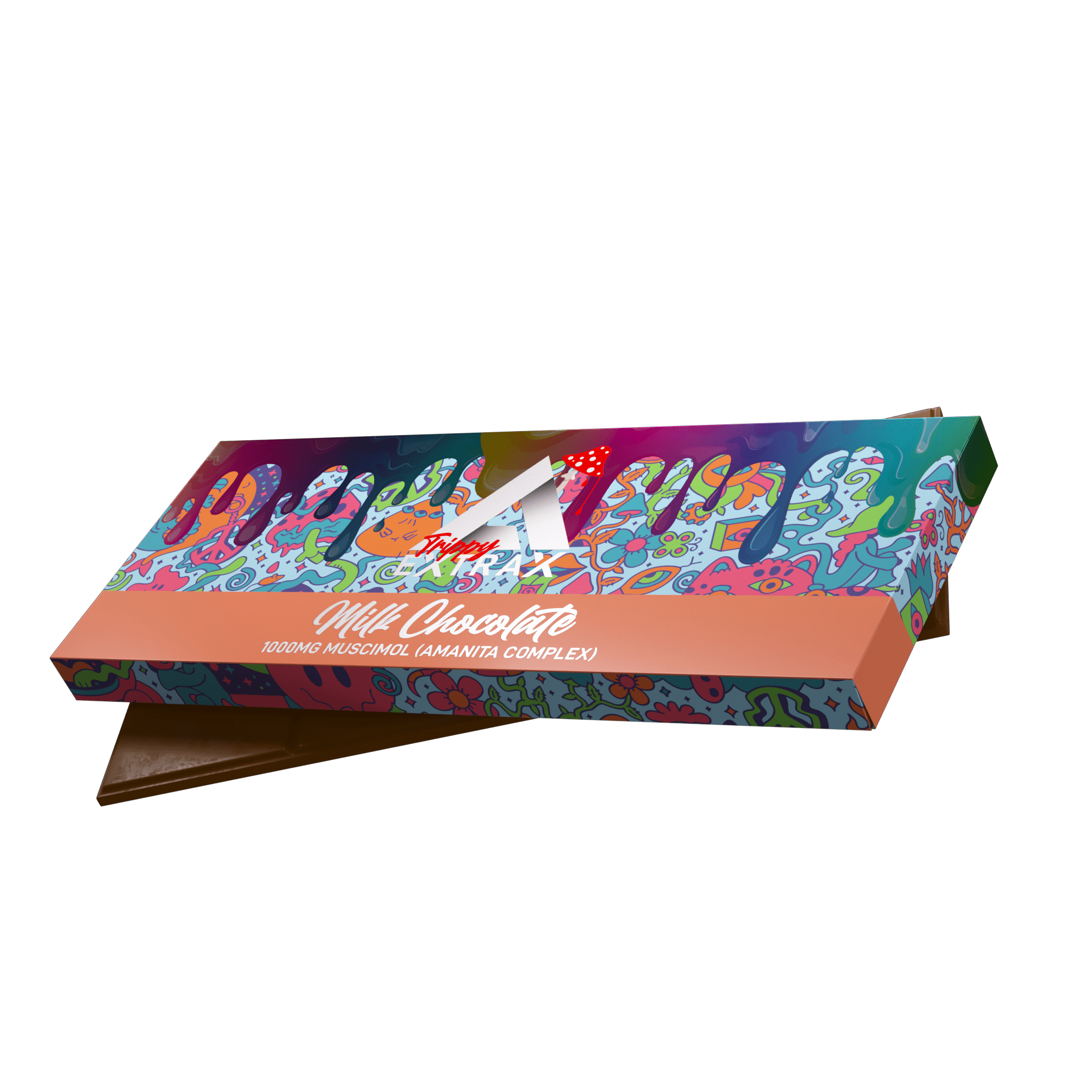In recent years, the popularity of mushroom-infused products, particularly mushroom chocolate bars, has surged. These treats offer a unique combination of the rich, indulgent flavor of chocolate with the potential health benefits associated with various mushrooms like reishi, lion’s mane, or psilocybin-containing varieties. However, as with any consumable product, mushroom chocolate bars must adhere to specific regulations and guidelines to ensure safety, legality, and transparency for consumers. In this exploration, we delve into the regulatory landscape surrounding mushroom chocolate bar packaging.
Understanding the Regulatory Framework:
- Food and Drug Administration (FDA) Regulations: The FDA oversees the safety and labeling of food products in the United States. Mushroom chocolate bars fall under the category of food products, subjecting them to FDA regulations. While mushrooms themselves are generally recognized as safe (GRAS), the FDA closely monitors the use of additives, including those in chocolate, and any health claims made on packaging.
- State and Local Regulations: In addition to federal regulations, mushroom chocolate bar producers must navigate state and local laws, which can vary significantly. Some states have specific regulations regarding the sale and labeling of edible products containing mushrooms, including those with psychoactive properties. Therefore, it’s crucial for manufacturers to be aware of and comply with these regional requirements.
- Psychedelic Substances Regulation: Mushroom chocolate bars containing psychoactive compounds like psilocybin face additional legal complexities. Psilocybin remains a Schedule I controlled substance at the federal level, meaning it is illegal to manufacture, distribute, or possess without proper authorization. However, several jurisdictions have enacted or are considering decriminalization or legalization measures for psilocybin, leading to a patchwork of regulations across the country.
Guidelines for Mushroom Chocolate Bar Packaging:
- Clear and Accurate Labeling: Transparency is paramount when it comes to packaging mushroom chocolate bars. Labels should clearly indicate the presence of mushrooms and any psychoactive compounds, along with accurate dosing information. Consumers have the right to know precisely what they’re ingesting to make informed decisions about their health and well-being.
- Compliance with FDA Labeling Requirements: Mushroom chocolate bar packaging must comply with FDA labeling regulations, including the Nutrition Facts panel, ingredient list, and allergen information. Additionally, any health claims must be substantiated and adhere to FDA guidelines to avoid misleading consumers.
- Child-Resistant Packaging: Given the potential risks associated with consuming psychoactive substances, mushroom chocolate bars containing psilocybin should be packaged in child-resistant packaging to prevent accidental ingestion, particularly in households with children.
- Quality Control and Good Manufacturing Practices (GMP): Manufacturers should implement rigorous quality control measures and adhere to GMP standards to ensure the safety and consistency of their products. This includes proper sanitation, ingredient sourcing, and manufacturing processes to minimize the risk of contamination or adulteration.
- Compliance with Local Laws: Producers must stay abreast of evolving state and local regulations pertaining to mushroom chocolate bars. Failure to comply with these laws could result in legal consequences, including fines or product recalls.
The Future of Mushroom Chocolate Bar Regulation:
As interest in mushroom-infused products continues to grow, the regulatory landscape is likely to evolve. Advocates for psilocybin legalization are pushing for policy reforms at both the state and federal levels, which could impact the legal status and regulation of mushroom chocolate bars containing psychoactive compounds.
Additionally, as scientific research advances, there may be opportunities to explore the therapeutic potential of mushroom chocolate bars beyond their current recreational or wellness-oriented use. This could lead to new regulatory frameworks tailored to the unique properties and applications of these products.
In conclusion, the packaging of mushroom chocolate bars is subject to a complex web of regulations and guidelines aimed at ensuring consumer safety, legality, and transparency. By adhering to these standards and staying informed about regulatory developments, manufacturers can navigate this landscape responsibly while providing consumers with high-quality and compliant products.
